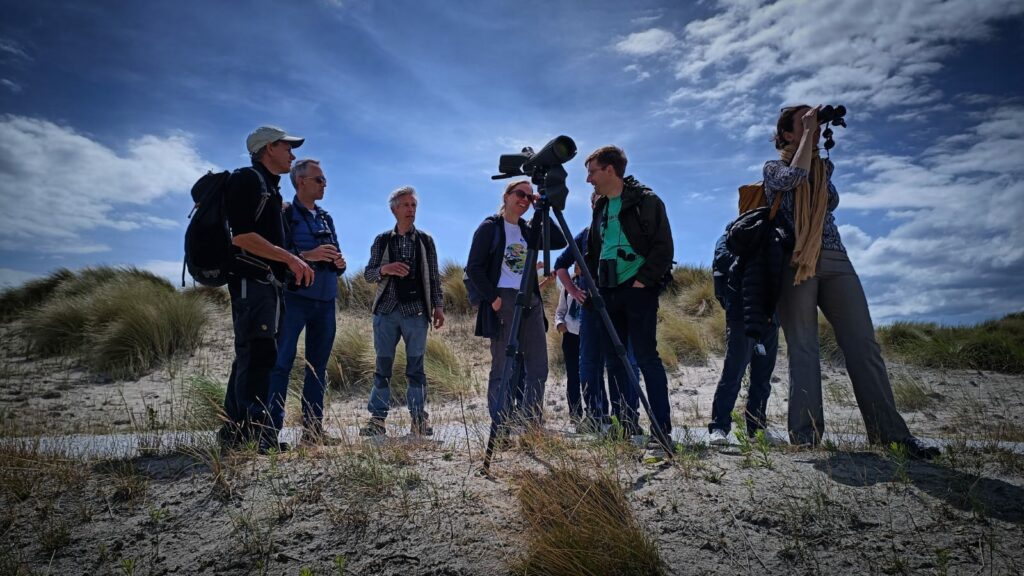
How we work
Wetlands International is a science-based organisation working with civil society, government and the private sector to enable wetland conservation and restoration. By working together and stepping up actions to safeguard and restore wetlands across whole landscapes, we can boost the resilience society needs to deal with climate emergency and provide the basis for sustainable development.
The following points guide us in our work.
1. A landscape approach
Our approach to wetland conservation and wise use reflects the dynamic nature of wetlands and their connection to the wider landscape and communities and culture. Taking these connections into account is a key dimension to sustaining and restoring wetlands. Bringing about positive change for people and nature on a landscape scale often takes decades.
2. Knowledge, policy and practice
We draw on technical knowledge, policy dialogue and projects from the field to share insights, inspire trust, demonstrate what’s possible and achieve impact. We advocate on topics for which we have developed knowledge and experience. We use this to stimulate governments and companies to effect change at all scales, from local to global.
3. Strategic partnerships
To achieve transformation, we need collective action across sectors and disciplines and from across the public and private realm. As such we work with experts across fields including engineering, architecture and humanitarian aid. We also work with the private sector in a critical and constructive manner to improve sectoral performance, and sustainability standards across biodiversity, carbon and water.
4. Connecting the local to the global
We work with local partners to build the capacity of communities connected to wetlands, helping them to engage with governments and the private sector and be part of the decision-making process. Through our offices around the world and partner networks, we combine local experiences and successes and increase our impact on national, regional and global policies, practices and investments.
5. Vital wetland ecosystems
At the heart of our work are three vital wetland ecosystems: peatlands, coasts and deltas, and rivers and lakes. These are the landscapes that are among the top global biodiversity treasures, but account for much of the world’s land-based climate emissions. They are also where people are most poor and vulnerable. Scroll down to find out more about the agendas and major programmes of work for these.
Our Network
We have a network of offices around the world. These, often independent, entities share the same Strategy. We work at the field level to develop and mobilise knowledge, and use this practical experience to advocate for better policies. In addition to our National Offices, we work with a number of organisations, corporations, and governments.
Partners
Scaling up the safeguarding and restoration of wetlands globally requires action from all parts of society. This means collaboration with many and diverse partners at all scales, from knowledge institutions to the private sector.
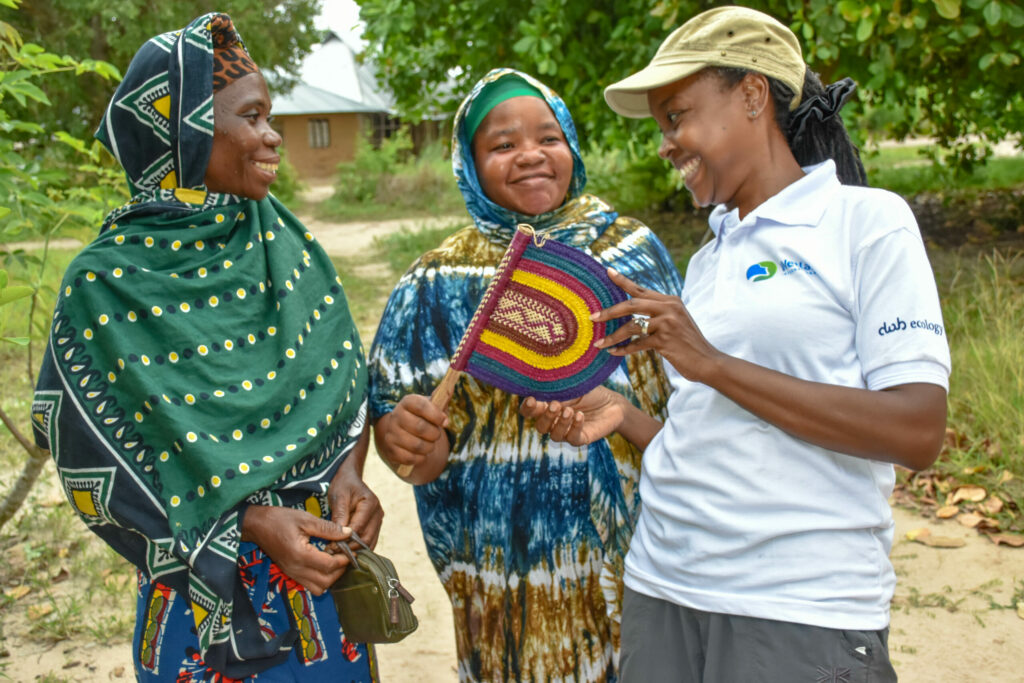
Members
Our members are national governments and NGOs who share and support our goals, contribute annually through dues to the Wetlands International Association, and work with us to safeguard and restore wetlands.
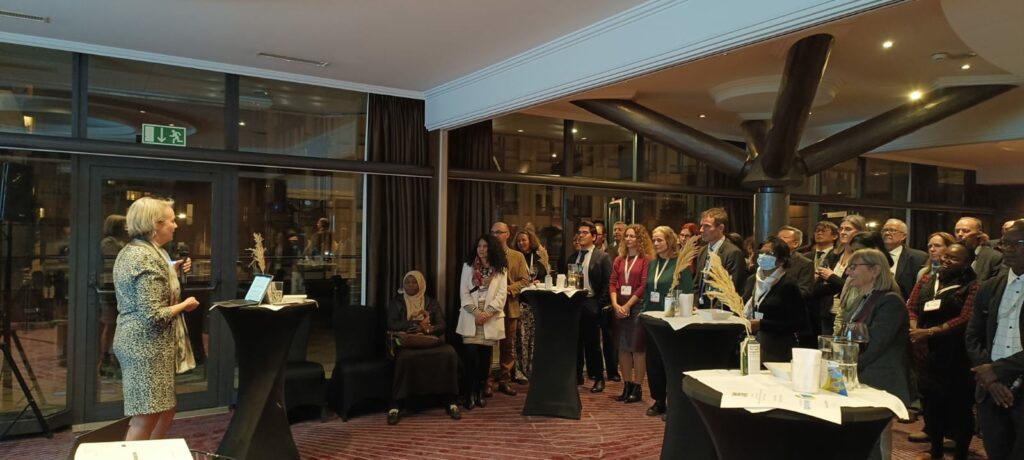
Donors
Our public and private donors, which include government and multilateral institutions, private foundations, and corporations, finance projects, usually with a specific geographic and thematic focus and deliverables that contribute to our mission.
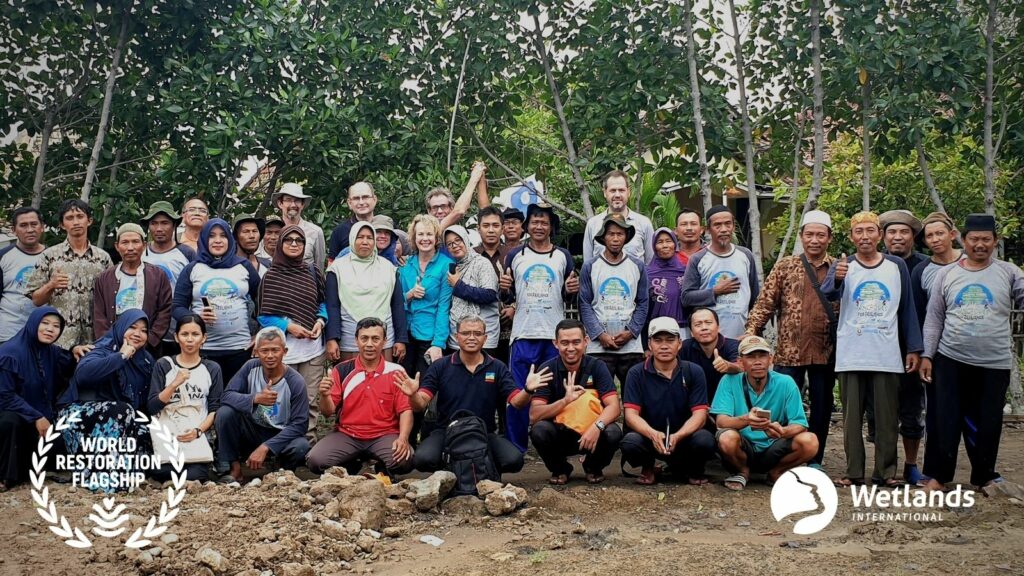
Specialist groups
Specialist Groups are a network of over 2,000 people including expert scientists who provide information and advice in support of Wetlands International’s programmes and projects. The Specialist Groups are coordinated by Chairs elected by the Groups and supported by its members.
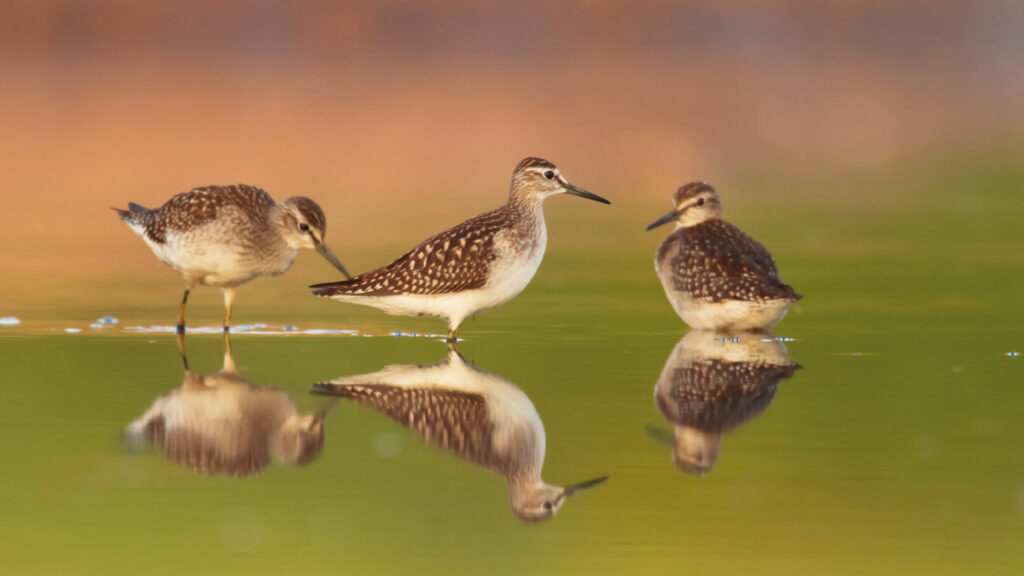
Associate experts
Our Associate Experts bring bring specific knowledge and skills to our work in the field. They do this on a voluntary or freelance basis.
